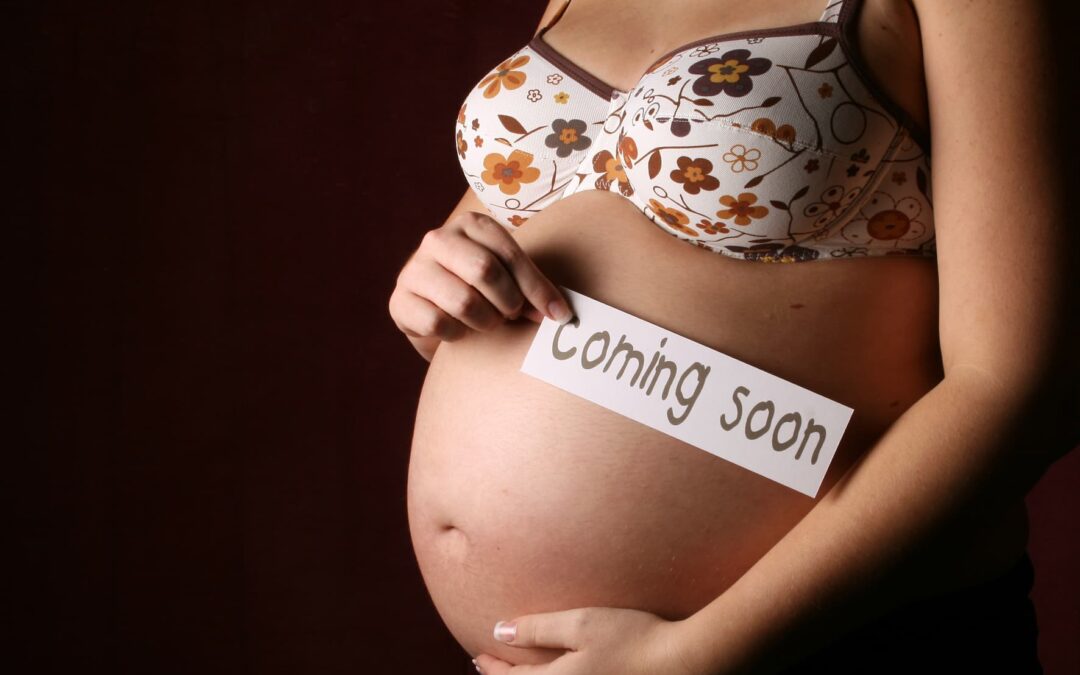Cranbrook has one of the highest teenage pregnancy rates in British Columbia and it sits considerably higher than Canada’s rate.
One out of every 25 women aged 15 to 19 will become pregnant, according to BC Stats, which lists Cranbrook’s rate of teen pregnancies at 40.8 per 1,000 based on a 2007-2009 survey.
The latest data sets the rate of teen pregnancies in British Columbia at 26.3 per 1,000 women aged 15 to 19, Canada’s rate is 29.2, and the East Kootenay has a slightly higher rate than that at 29.9 per 1,000 teen women, all factoring significantly lower than Cranbrook.
“It has sort of been commonly understood that we do have, in this area, a fairly high teen pregnancy rate,” said Patricia Chisholm, R.N., the coordinator of Better Babies in Cranbrook. “It isn’t the highest in the province in terms of pregnancy — as far as our teen parenting rate, it is a significant rate as well.”
The highest teen pregnancy rate in the province is the Northern region at 51.1 per 1,000 teenage women, while the lowest rate is the Vancouver Coastal area which is at 15.9.
There are no public statistics in the province on the rate of teens who choose to parent.
“It’s one of those things that’s pretty hard to have a specific statistic for,” said Linda Douglas, the Nursing Supervisor at Options for Sexual Health. “What I’ve always sort of got a sense of is that we might have more teen mothers, but as for actual numbers it’s hard to say for sure.”
An outcome of teenage parenting has to do with how teens manage their pregnancies and the possible options they may choose, which include adoption, termination of pregnancy, and of course, raising the child.
“I certainly know that we have access to adoption here, that families can adopt if they would like, but I’m not sure that we have a culture that accepts that readily,” said Chisholm. “In my experience talking to families, it isn’t always the most comfortable choice for families.”
There are agencies in Cranbrook that support families through the adoption process — Better Babies can link teens to that support system, as well as Options for Sexual Health’s pregnancy options counselling.
“I actually don’t do an awful lot of adoption options counselling,” said Douglas. “Very few seem to be interested in adoption as an option.”
Another option for pregnant women is to terminate their pregnancy, although abortion procedures are not offered in the East Kootenay region.
Anyone who is interested in undergoing such a procedure would have to travel elsewhere such as the West Kootenay, or Alberta.
“I understand that we don’t do abortions at the East Kootenay Regional Hospital and I found it a little shocking, or just odd because we are a regional hospital and we have a few doctors here, I believe, that could perform it,” said Diana J. Scott, a Cranbrook city councillor. “I was wondering why we are sending women to Trail, because Trail seems like a smaller centre to me.”
The decision to choose to terminate a pregnancy is one of the options presented to pregnant teens as part of options counselling, and there is support from multiple agencies if that is the final result.
“It’s a very personal decision but, and this is an assumption, perhaps the fact that we don’t have abortion services… that might be one reason why people make the decision to keep the child,” said Douglas. “It can be difficult for clients to go to the West Kootenay, especially in the winter time.”
Since the 1988 Supreme Court of Canada decision to effectively decriminalize abortions, the highest induced abortions ratios are in the teenage age group, those aged 15 to 19.
“I think that there is a fair amount of secrecy and negativity about that procedure because it is not something that is available in the community,” said Chisholm. “As soon as you take something away and sort of make it difficult to access, people begin to wonder if it is an appropriate action.”
Interior Health confirms that abortion procedures are not offered in Cranbrook, but were not able to speculate on the unavailability of termination of pregnancy procedures.
“I know there are people in the community who don’t advocate for abortions, and I’m not advocating either, but I want the full range of options and I just thought as a regional hospital you would expect to have them here,” said Scott. “I think it behoves us to help rather than put more obstacles in the way.”
Interior Health guarantees that as it is a core health service they have a medical responsibility to insure that a patient has reasonable access to termination services and there is a reimbursement process in place for those who have to travel.
In an occurrence where a teenager becomes pregnant, a physician may refer the teen to a clinic such as the Cranbrook Women’s Centre, which can act as a link to other community resources.
Along with Better Babies and Options for Sexual Health who support pregnant teens as well as the larger population, there is also a Pregnancy Options Telephone Service, a Teen Sexual Health Committee, as well as other support and counselling programs.
“For us and our organization, we really try hard to prevent abortion. We are pro-choice, but we work hard to try to prevent people from having to make that decision by the services we offer,” said Douglas. “Education is a huge part of prevention.”

